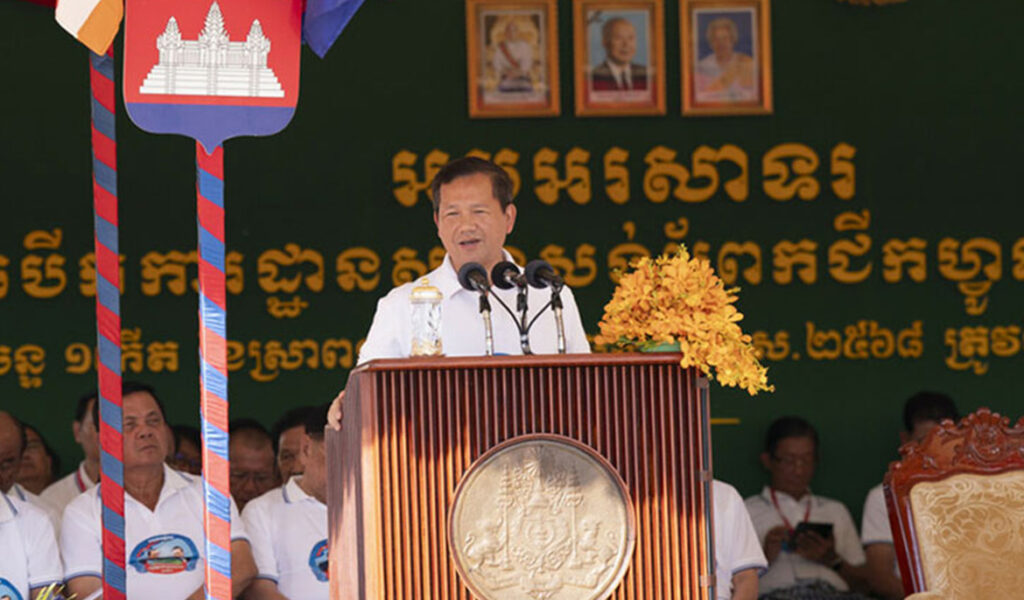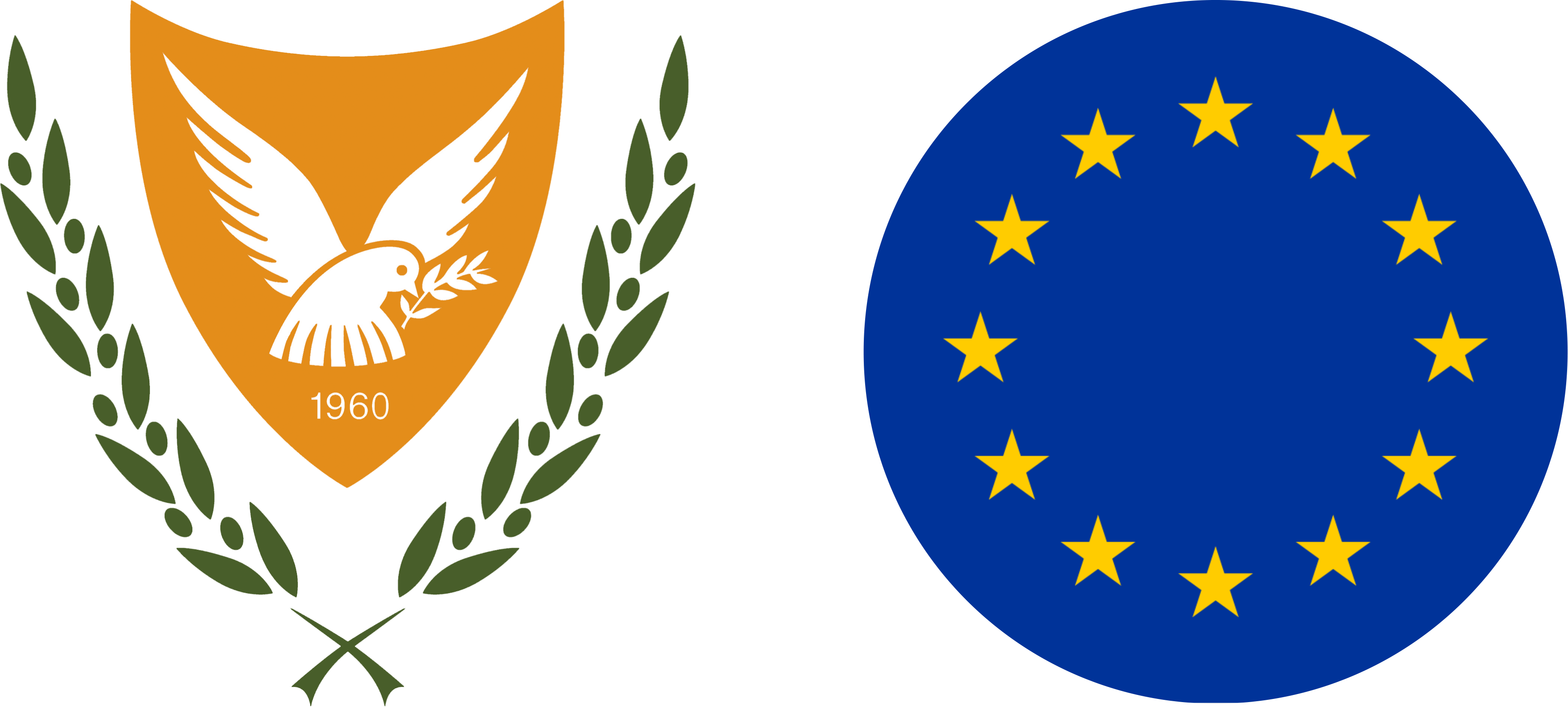Cambodia Monday celebrated the commencement of the highly anticipated Funan Techo Canal project, a massive infrastructure initiative that will play an important role in transforming the country’s economic landscape.
The historical day was marked with a groundbreaking ceremony, presided over by Prime Minister Hun Manet. Top government officials, business leaders and representatives from the local community were present on the occasion.
Running 180 kilometres, the canal will connect Prek Takeo, a tributary of the Mekong River located in Kean Svay district in Kandal province to the coastal province of Kep passing through Takeo and Kampot provinces and significantly enhance Cambodia’s connectivity and accessibility to international markets.
The project is undertaken by the Funan Techo Inland Waterways and Logistics Co Ltd at a cost of $1.7 billion. The construction is divided into two sections.
The first section, spanning over 21 km from Prek Takeo to Bassac River, is a joint venture between two ports – public-listed Phnom Penh Autonomous Port (PPAP) and public-listed Sihanoukville Autonomous Port (PAS) and the Overseas Cambodian Investment Corporation (OCIC), a local conglomerate.
The state-run ports hold 51 percent of the first project’s shares and the other 49 percent of the shares go to OCIC.
The second section, stretching over 159 km connecting between Bassac River and Kep province, will be jointly invested by the two ports and China Road and Bridge Cooperation (CRBC).
In his speech, Prime Minister Hun Manet emphasized the project’s critical role in enhancing Cambodia’s logistics and transportation capabilities and expanding the country’s inland shipping capabilities to the sea, boosting trade, attracting foreign investment, stimulating tourism, and creating new job opportunities.
“The Funan Techo Canal is a strategic investment for our nation’s future,” the Prime Minister said in his address.
“The project will enhance Cambodia’s economy by strengthening the autonomy, and the ownership of the waterway transportation will improve trade,” the Prime Minister said.
The project is also expected to foster development along its route, strengthen industry, agriculture, logistics and real estate and create new economic hubs, he said.
Once operational, as per the current schedule in 2028, the canal, under a BOT (Build-Operate-Transfer) basis is to be managed by the two ports.
Currently, cargo shipments moving in and out of the Phnom Penh Autonomous Port pass through Vietnam’s Cai Mep port before reaching other countries and destinations.
Once the canal becomes operational, shipment of all goods will go through the canal to the deep seaport in Sihanoukville which will push shipment activities of PAS.
Sun Chanthol, Deputy Prime Minister and the First Vice Chairman of the Council for the Development of Cambodia, expressed confidence that the canal will significantly reduce transportation costs, expedite the movement of goods and strengthen Cambodia’s position in global supply chains.
“The Funan Techo Canal project will provide enormous benefits to the socio-economic development of Cambodia, strengthening the country’s independence in water transport and reducing the cost, distance and time of transporting goods and passengers,” Chanthol said.
Lim Heng, Vice President of the Cambodia Chamber of Commerce, viewed the canal project as a catalyst for new investments, offering opportunities for waterway transportation and industrial development in areas along the canal.
“The Funan Techo Canal will provide opportunities for the development of the areas it passes through, attracting new investment in agriculture and manufacturing and boosting exports by reducing shipping costs,” Heng said.
With improved transportation infrastructure and access to international markets, Cambodia will increase competitiveness compared to the neighbouring countries and the region, he said.
Cambodia exported goods worth $12.29 billion in the first half of this year, marking a 12.6 percent increase from $10.92 billion recorded in the same period last year, according to data from the General Department of Customs and Excise.
Cambodia’s main export products include garments, machinery, electrical equipment, footwear, leather goods, grain, furniture, rubber, fruits, vegetables, pearls, toys, and textiles. The country’s major imports comprise medicines and supplements, consumables, and food and beverages.



